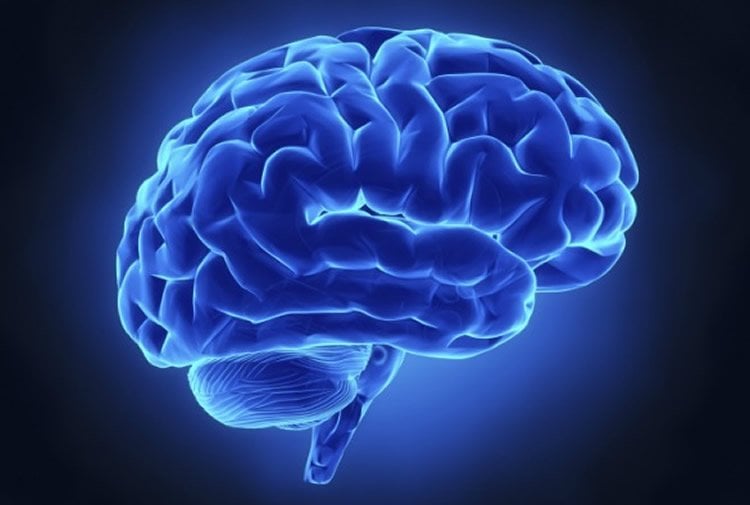Researchers at the University of Liverpool have found that a well-established anti-epileptic drug could also be used as a treatment for neurodegenerative diseases.
Neurodegeneration involves the progressive loss of nerve structure and function and is a common characteristic of several conditions, including Parkinson’s, Alzheimer’s and Huntington’s. Such diseases are presently incurable.
Researchers from the University’s Institute of Translational Medicine have found that the anti-epileptic drug ethosuximide has protective effects in certain neurodegenerative disease models.
Making a difference
Professor of Cellular and Molecular Physiology, Alan Morgan, said: “Incidence of these diseases is on the rise due to our increasingly ageing population, yet there is a lack of effective therapies to treat them.
“Our research suggests that ethosuximide has potential for repurposing as a treatment for multiple neurodegenerative diseases and provides a platform from which new medicines could be developed.

“Indeed, we are now actively pursuing this in current research with colleagues Professor Bob Burgoyne and PhD student, Shi Quan Wong. Eventually, we hope that our work will make a difference to those suffering from these debilitating diseases.”
Funding: The study was funded by grants from the BBSRC, the Wellcome Trust and Age UK.
Source: University of Liverpool
Image Source: The image is adapted from the University of Liverpool press release
Original Research: Full open access research for “Ethosuximide ameliorates neurodegenerative disease phenotypes by modulating DAF-16/FOXO target gene expression” by Xi Chen, Hannah V. McCueF, Shi Quan Wong, Sudhanva S. Kashyap, Brian C. Kraemer, Jeff W. Barclay, Robert D. Burgoyne and Alan Morgan in Molecular Neurodegeneration. Published online September 29 2015 doi:10.1186/s13024-015-0046-3
Abstract
Ethosuximide ameliorates neurodegenerative disease phenotypes by modulating DAF-16/FOXO target gene expression
Background
Many neurodegenerative diseases are associated with protein misfolding/aggregation. Treatments mitigating the effects of such common pathological processes, rather than disease-specific symptoms, therefore have general therapeutic potential.
Results
Here we report that the anti-epileptic drug ethosuximide rescues the short lifespan and chemosensory defects exhibited by C. elegans null mutants of dnj-14, the worm orthologue of the DNAJC5 gene mutated in autosomal-dominant adult-onset neuronal ceroid lipofuscinosis. It also ameliorates the locomotion impairment and short lifespan of worms expressing a human Tau mutant that causes frontotemporal dementia. Transcriptomic analysis revealed a highly significant up-regulation of DAF-16/FOXO target genes in response to ethosuximide; and indeed RNAi knockdown of daf-16 abolished the therapeutic effect of ethosuximide in the worm dnj-14 model. Importantly, ethosuximide also increased the expression of classical FOXO target genes and reduced protein aggregation in mammalian neuronal cells.
Conclusions
We have revealed a conserved neuroprotective mechanism of action of ethosuximide from worms to mammalian neurons. Future experiments in mouse neurodegeneration models will be important to confirm the repurposing potential of this well-established anti-epileptic drug for treatment of human neurodegenerative diseases.
“Ethosuximide ameliorates neurodegenerative disease phenotypes by modulating DAF-16/FOXO target gene expression” by Xi Chen, Hannah V. McCueF, Shi Quan Wong, Sudhanva S. Kashyap, Brian C. Kraemer, Jeff W. Barclay, Robert D. Burgoyne and Alan Morgan in Molecular Neurodegeneration. Published online September 29 2015 doi:10.1186/s13024-015-0046-3






